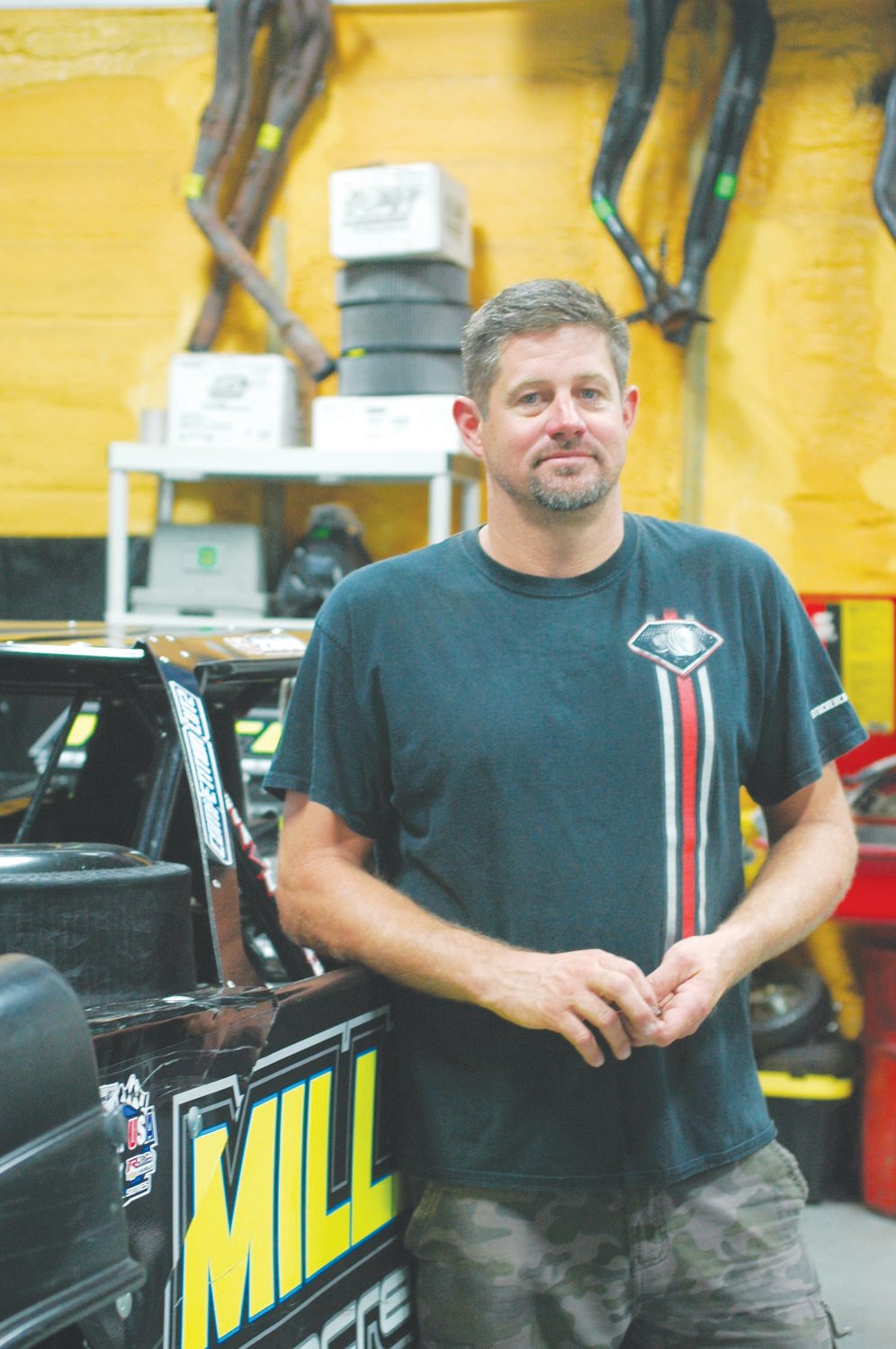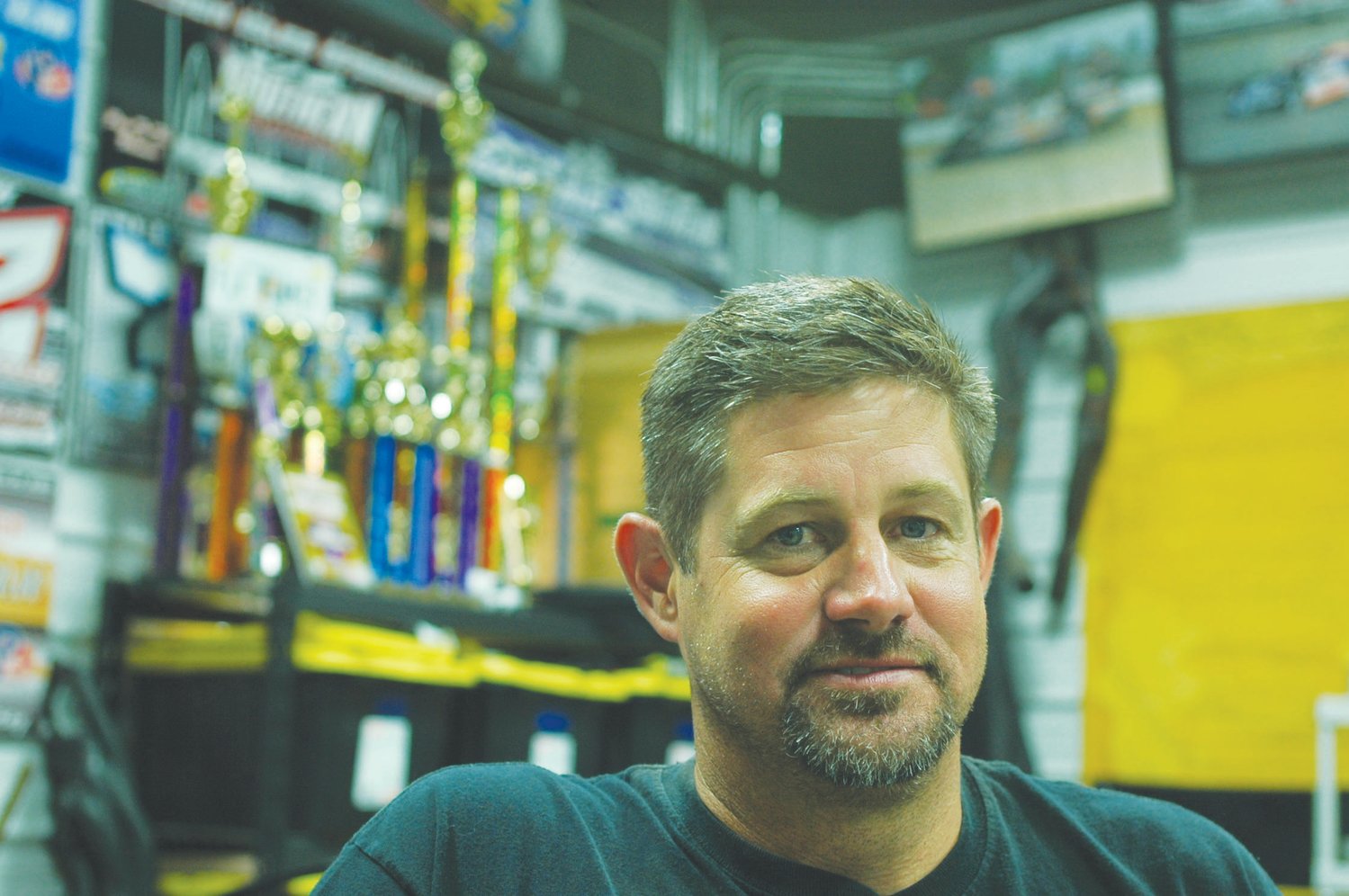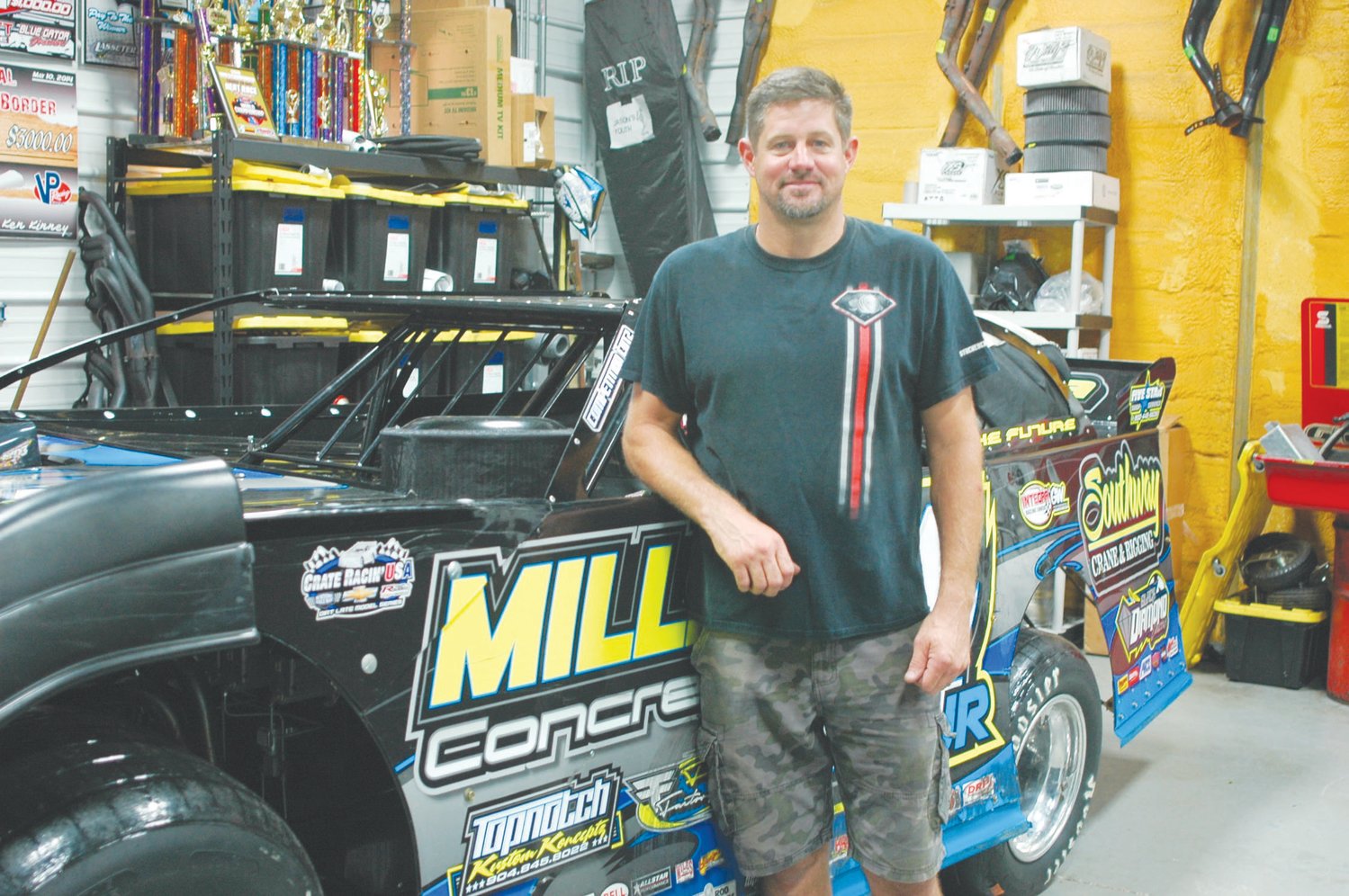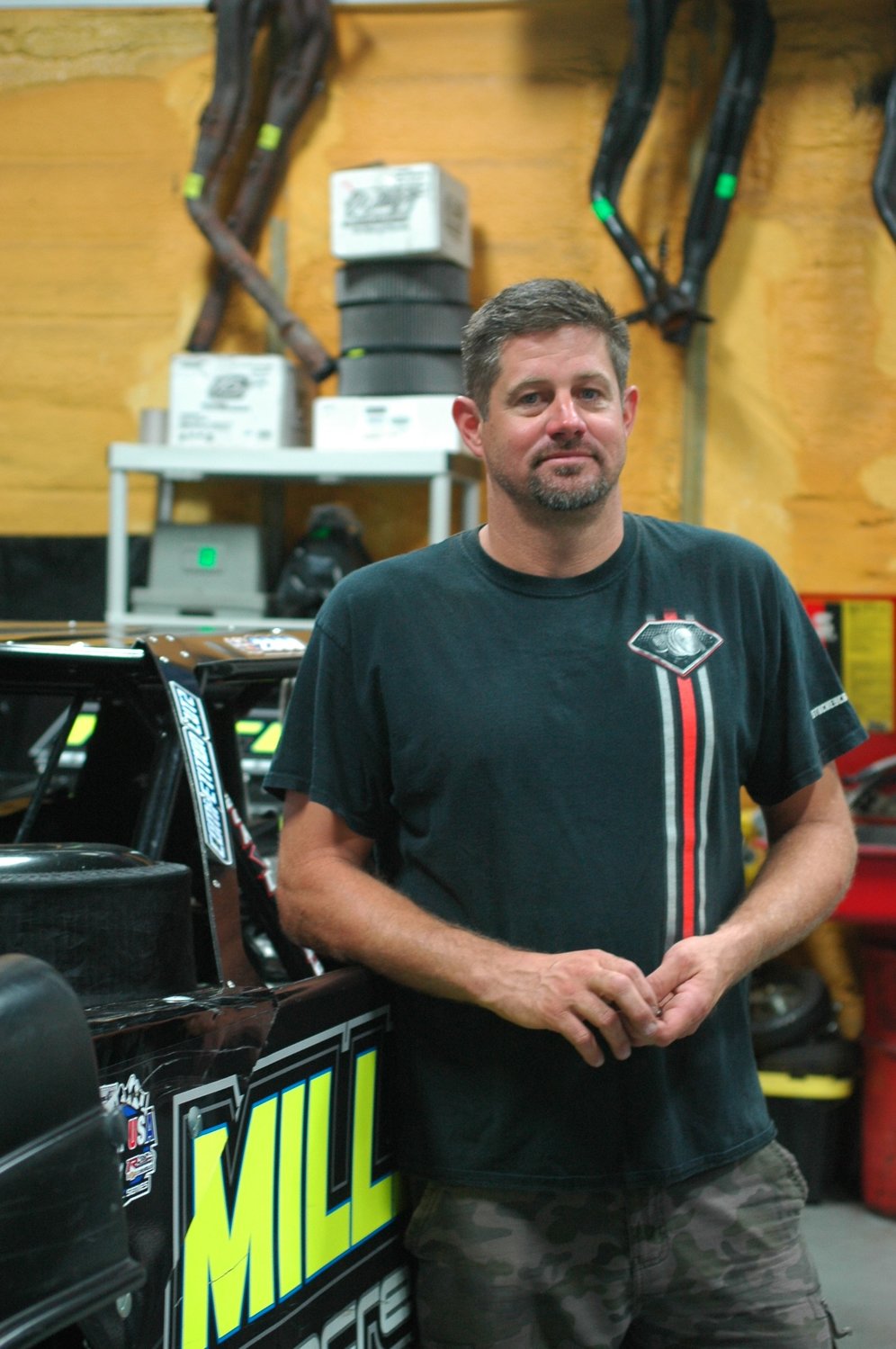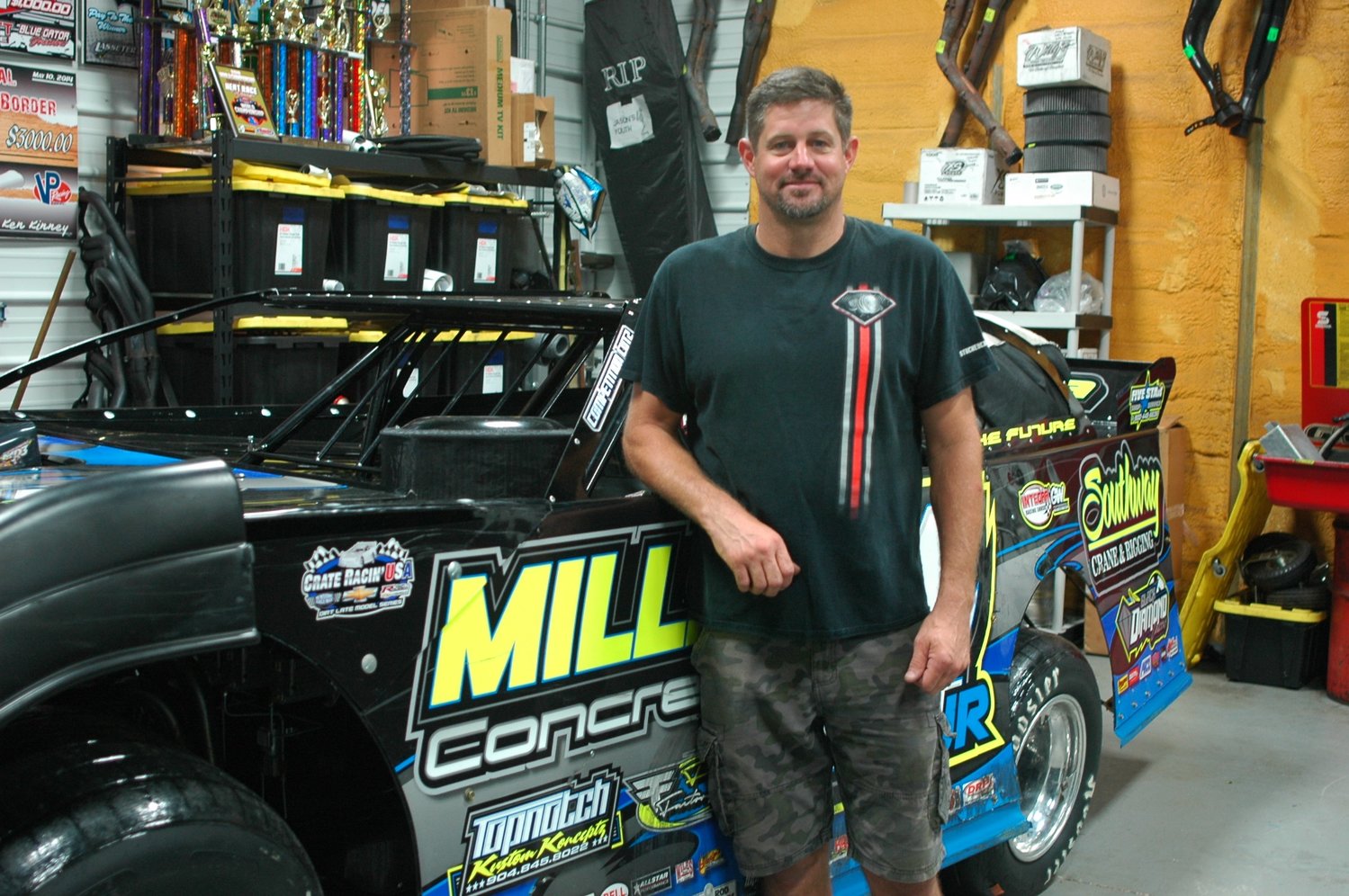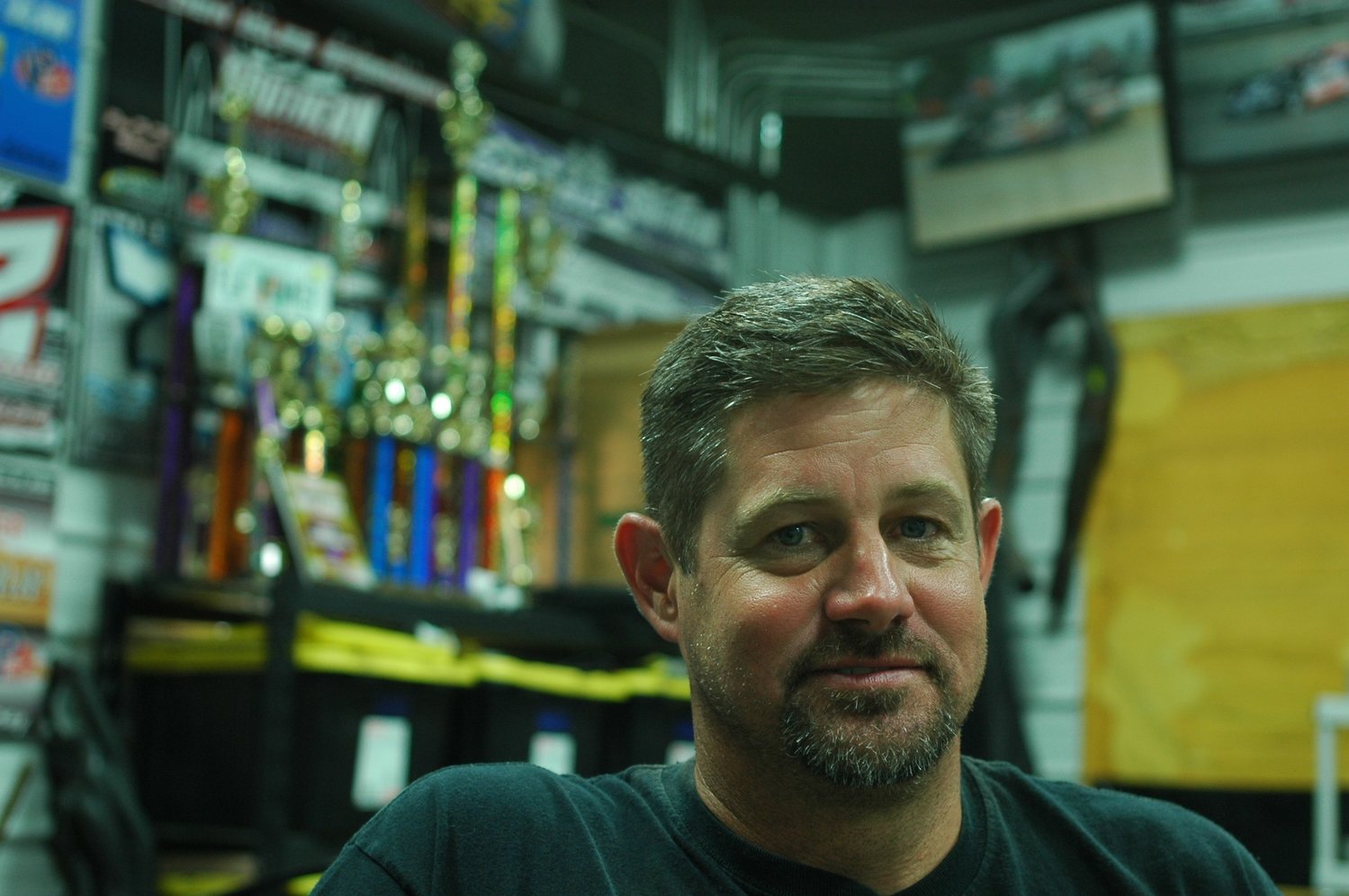Middleburg’s Fitzgerald still kicking up dirt on stellar racing career
MIDDLEBURG – On a perfect night, Jason Fitzgerald’s ears will ring, his hands will throb and his face will be covered with sweat and clay.
For a dirt racer, it doesn’t get any better than …
This item is available in full to subscribers.
Attention subscribers
To continue reading, you will need to either log in to your subscriber account, or purchase a new subscription.
If you are a current print subscriber, you can set up a free website account and connect your subscription to it by clicking here.
If you are a digital subscriber with an active, online-only subscription then you already have an account here. Just reset your password if you've not yet logged in to your account on this new site.
Otherwise, click here to view your options for subscribing.
Please log in to continueDon't have an ID?Print subscribersIf you're a print subscriber, but do not yet have an online account, click here to create one. Non-subscribersClick here to see your options for subscribing. Single day passYou also have the option of purchasing 24 hours of access, for $1.00. Click here to purchase a single day pass. |
Middleburg’s Fitzgerald still kicking up dirt on stellar racing career
MIDDLEBURG – On a perfect night, Jason Fitzgerald’s ears will ring, his hands will throb and his face will be covered with sweat and clay.
For a dirt racer, it doesn’t get any better than that.
Fitzgerald said he’s never been tempted to do drugs, but he knows what it’s like to be an addict. Slinging rooster tails of dirt and dust has become a habit that’s tough, if not impossible, to break.
The longtime racer still operates one of the premier teams out of his Middleburg shop. He maintains cars for his own use and he runs the Fitz Factory which outfits other drivers with Late Model cars.
“It’s hard to get away from it. I’ve never done drugs, but I can only imagine,” he said. “It’s the adrenaline, I guess. For me, it’s all the people you meet. Everybody’s like a big family. You might get a little aggravated with one guy one week, but the next week he’ll give you the shirt off his back. It’s the comradery and competition. I can’t get away from it. I’ve tried.”
Fitzgerald’s lost count of the number of main events he’s won. Every wall is covered with trophy cases and Victory Lane signs. If he had to guess, he’s got more than 200 trophies. But that’s not why he’s dedicated his career to dirt tracks.
“The dirt side is a whole lot more fun. It’s not so political-driven, I guess. It’s not so technical,” he said. “You can’t do this; you can’t do that. The dirt fanbase is massive and obviously getting bigger. We’re getting more TV stuff now, but it’s still dirt tracks. We may be live on the internet or on TV, but it’s still a dirt-track atmosphere. Fans get to come down and check it all out. There aren’t any restrictions. That’s what makes dirt racing a little more fun.
“The racing part of it is a lot tougher with the technology and all that. It’s gotten a lot harder to keep up with it all. On my end, having this business where I keep up with five or six cars a week out of here, so that makes it a little harder on me. We’ve got to get them done, load them up and get the next one in. A lot of my guys will just come and pick them up, race them and drop them off and pick them up for the next race. That’s more what we do now more than anything, as far as the business side goes.”
Fitzgerald isn’t the only one who can’t quit. Tony Stewart retired from IndyCars after winning one championship and NASCAR after winning three more to devote his time to his dirt program.
It’s also where you can find former NASCAR drivers Kenny Wallace, Kasey Kahne and Ken Schrader.
“I’ve been in it since I was a kid, about 7. I think I started racing in ’92 or ’93,” Fitzgerald said.
His race team picks its tracks carefully by examining the field, the payouts and local rules. One week he’s down the road at Volusia Speedway Park. The next he’s at Screven, Georgia.
“We do Volusia, All-Tech [Raceway in Lake City]. We go to Georgia, Alabama,” Fitzgerald said. “Last year we went to North Carolina and Virginia. It just depends on who’s racing, the type of motor, how much they’re paying. We do a lot of regional stuff where I used to travel all over. I don’t do a lot of that anymore, but we’ll go if it’s within eight-to-10 hours. I got too many customers to keep up with, to keep up with their schedules.
We won a bunch of big, big races, like Eldora [Ohio]. That was a lot of fun.”
Being a mentor to another generation of drivers has rekindled Fitzgerald’s enthusiasm. He’s been on the road long enough to stay away from a fulltime return. Home time now is just as important as race day.
But he will never close his shop.
“I would say I’ll do it until it’s not fun, but I think I’ll always be in it in one way, shape or form,” he said. “It’s why I created this deal I have here. I know I can’t drive forever, but I’ll always have my hands in it. Last year I was getting a little burned out, doing a lot of work and stuff, and not having the results. This year, I have two 12-year-olds in my camp, and they’re really, really good. They brought a little spark back to me. They’re keeping it fun. If you let it get you down, it will get you down. I’m going to do it as long as I can. I got the best of both worlds.”
The COVID-19 pandemic, and the nearly three-month shutdown that came with it, was a challenge. Racing, however, was the first sport to emerge from seclusion. And it hasn’t slowed down since.
“The performance side has been tougher,” Fitzgerald said. “This year’s obviously been tough with the corona [COVID-19] and all that stuff. In our little area, we’re somewhat back to normal. Surprisingly, for the last month-and-a-half we’ve been going pretty hard. We were shut down for two, two-and-a-half months.”
Grandstands are full; car counts are up. Drivers and fans are excited to be back enjoying racing’s most basic, and compelling, roots. To them, asphalt is how you get to the track. Dirt is where you race.


